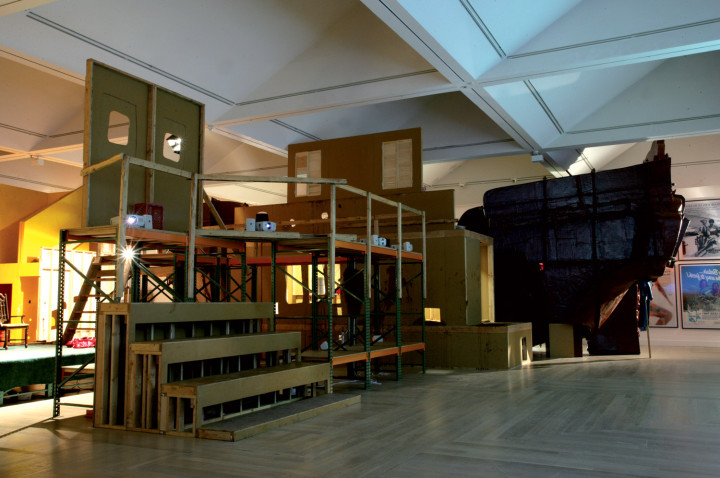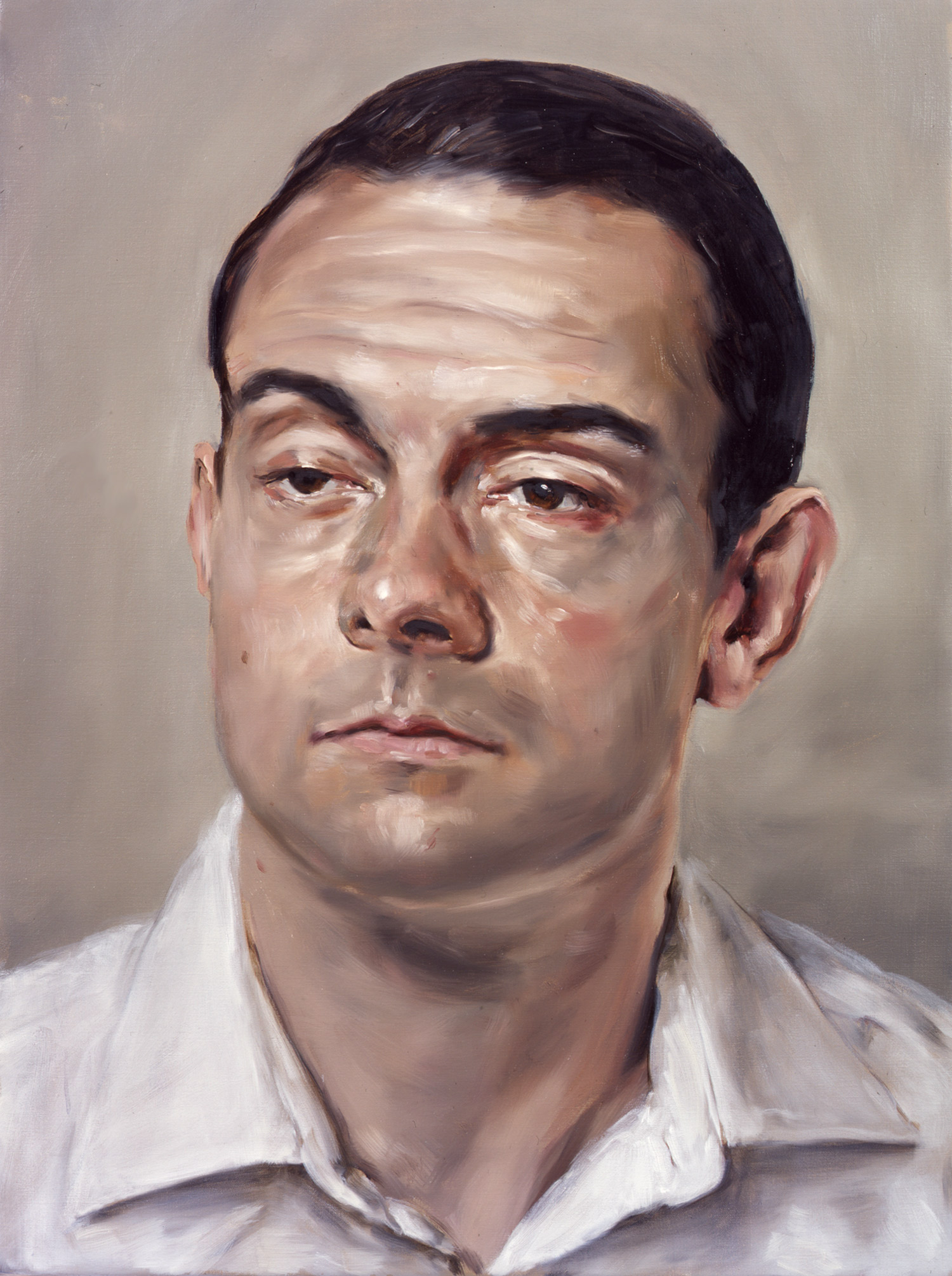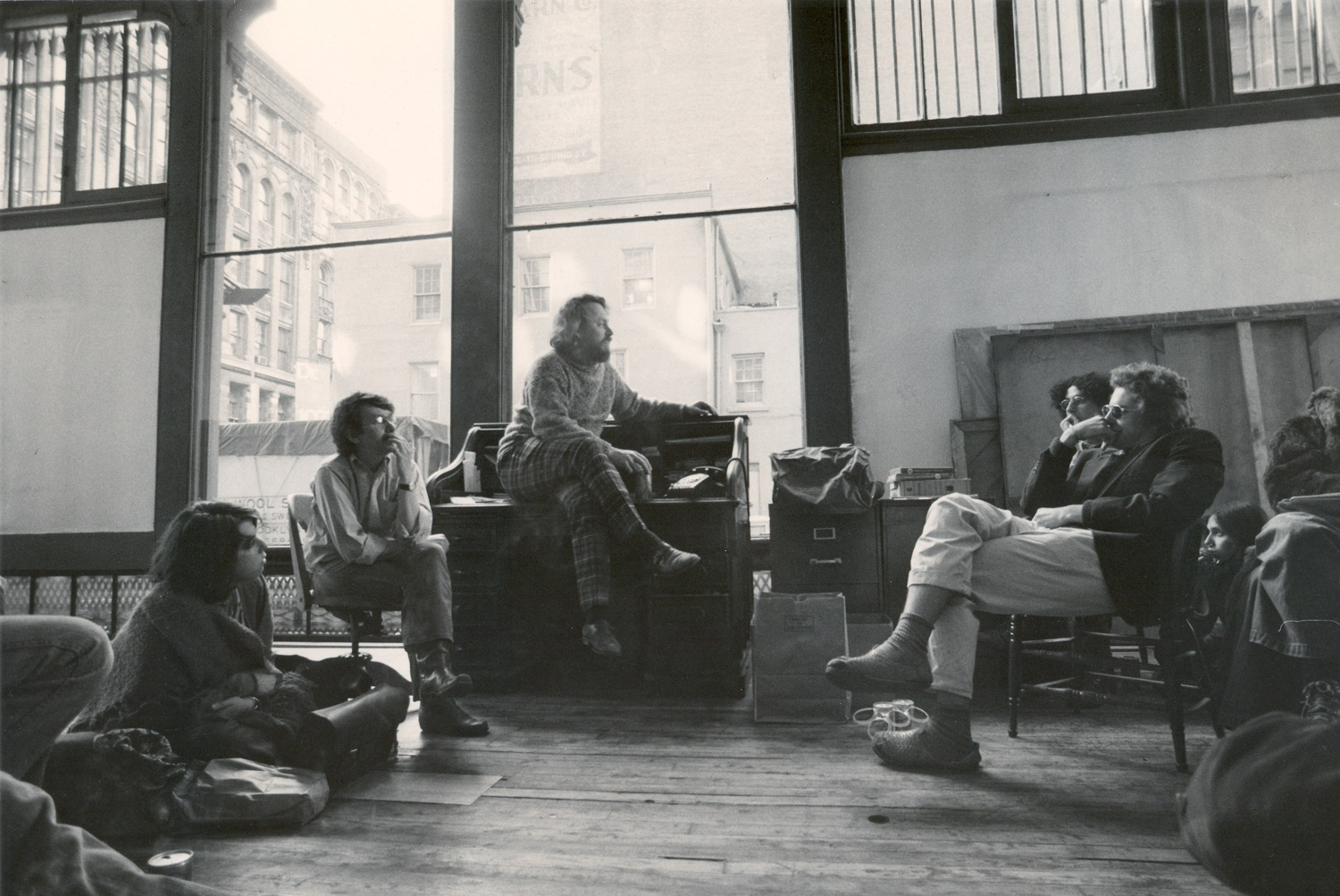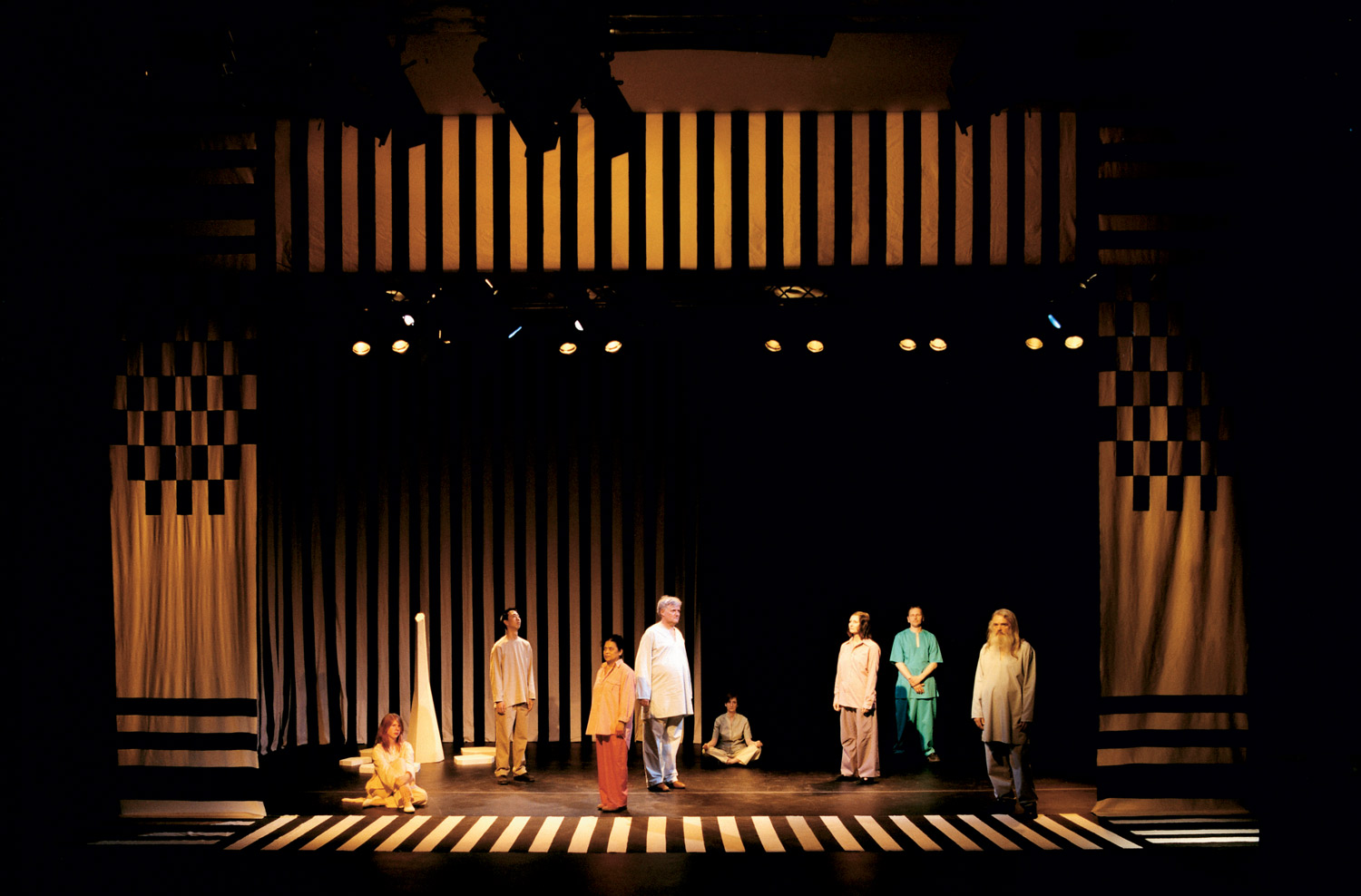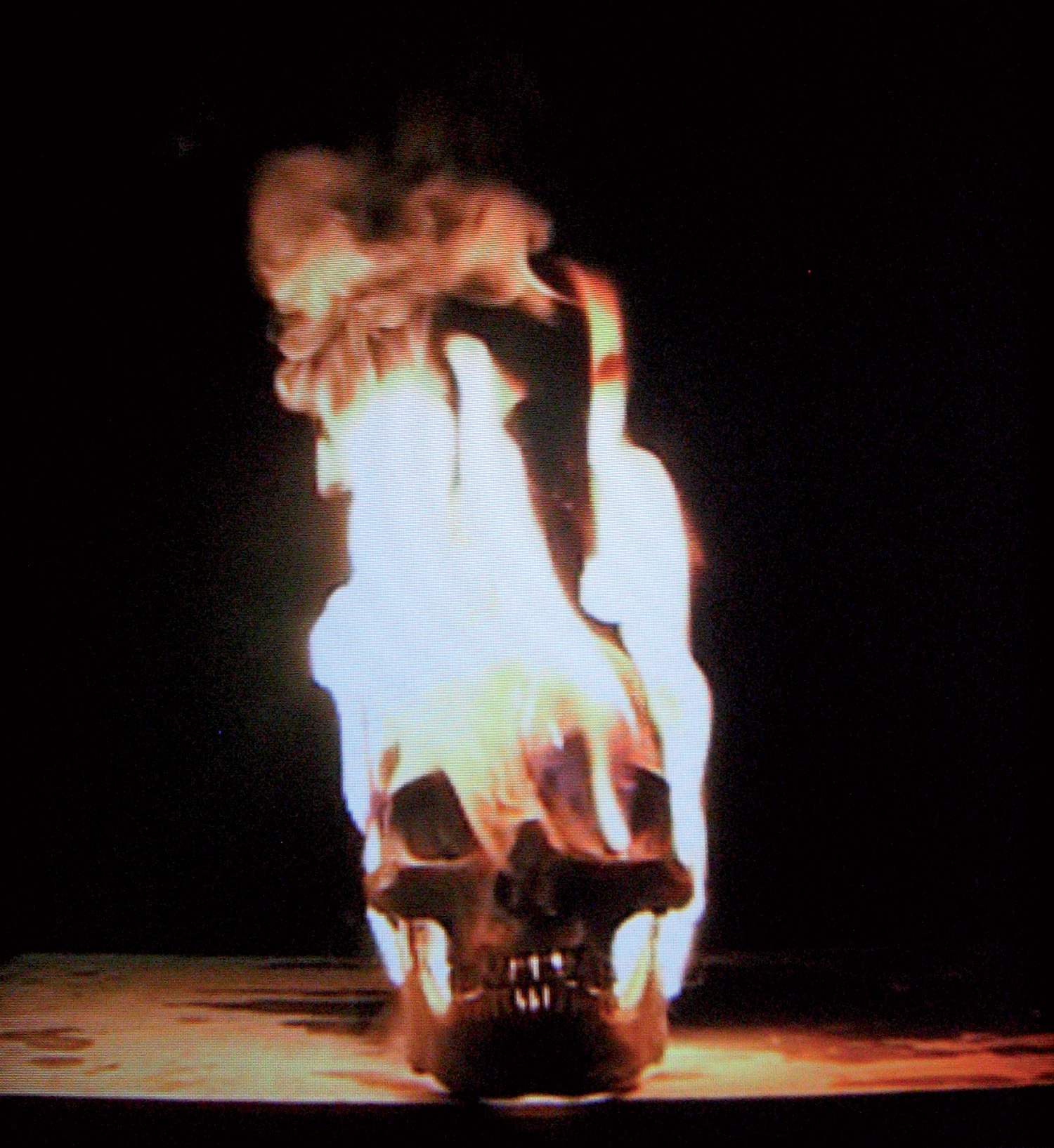
you enter the darkened core of The Caribbean Pirates (2001 – 2005), the gooey stomp sounding away across the room turns truly nasty. The dense installment of smelly stage sets, large overlapping projections, drawings and photographs makes the stroll through Paul McCarthy’s biggest retrospective presentation to date — in short, uncanny.
At the Moderna Museet in Stockholm, this legendary West Coast artist is given huge space to powerfully present his whiffy work from forty years, between 1966 and 2006. Going in through the tidy museum quarters to the exhibition, one cannot help smirking at the fact that this show was suggested in the days of former director David Elliot, five years ago, but due to heavy mold infections, it was temporarily put off. After some $30 million and two years of refurbishing, Paul McCarthy is now doing his very best in bringing seven big halls in the museum as close to a mold-infected, rat-bitten, backstreet whore-house as one could imagine. Rabelais is so close in this gambit that you can virtually smell him.
From the title of the exhibition “Head Shop/Shop Head,” one can extract the very meat of his latest projects — the consumption and digestion of post-war culture. In the second room, Propo (1992 – 93), installed as a totality together with the Jungian work The Garden (1992), pertains to these core questions. Surrounding the room are some fifty slick photographs, all of which show accumulated performance props, morbidly balanced by the forest fuck-fest between father and son in The Garden. This room tastes a bit sweet and salty: laughter occasionally bursts out at the two worn-out dummies from the copulating forest-sculpture. The display is both reassuring, in its obvious criticality, and extremely distasteful.
The exhibition comprises a large body of his endeavor, ranging back to the early period of minimalist sculpture with works such as Hanging Hollow Torso (1966), to the assortment of performances, photographs and stage sets in his classics Bossy Burger (1991), Heidi (1992), and WGG (Wild Gone Girls) (2003) side by side with The Caribbean Pirates. The latter features a behemoth instalment of shit, blood, pig fucking and various sexual misconducts, all metaphorically staged. In reality, the shit is chocolate, the blood is ketchup and the spunk is mayonnaise. The tortured pirates look like Abu Ghraib prisoners, suggesting one of McCarthy’s most significant objects of revulsion — mass-produced American culture as well as politics.
Paul McCarthy delves in cultural masks, identities and taboos, but with a literal cock-and-ass perspective. The corporeal investigations he executes are residues from the late ’60s when his oeuvre started to hurl towards performative investigations of roles of masculinity, sexuality and the psychogenic. But in latter days he has turned toward the worldly political — an aspect unfortunately not very well pronounced under the hands of Moderna curator Magnus af Petersens. The most imminent layers of McCarthy’s assessment are neither developed in the 700-page catalogue nor in the narrative of the presentation. The exhibition never ushers in the American politics, though nothing can cramp down the fantastically installed videos and performance sets in what is certainly the most important show of this museum in five years.

